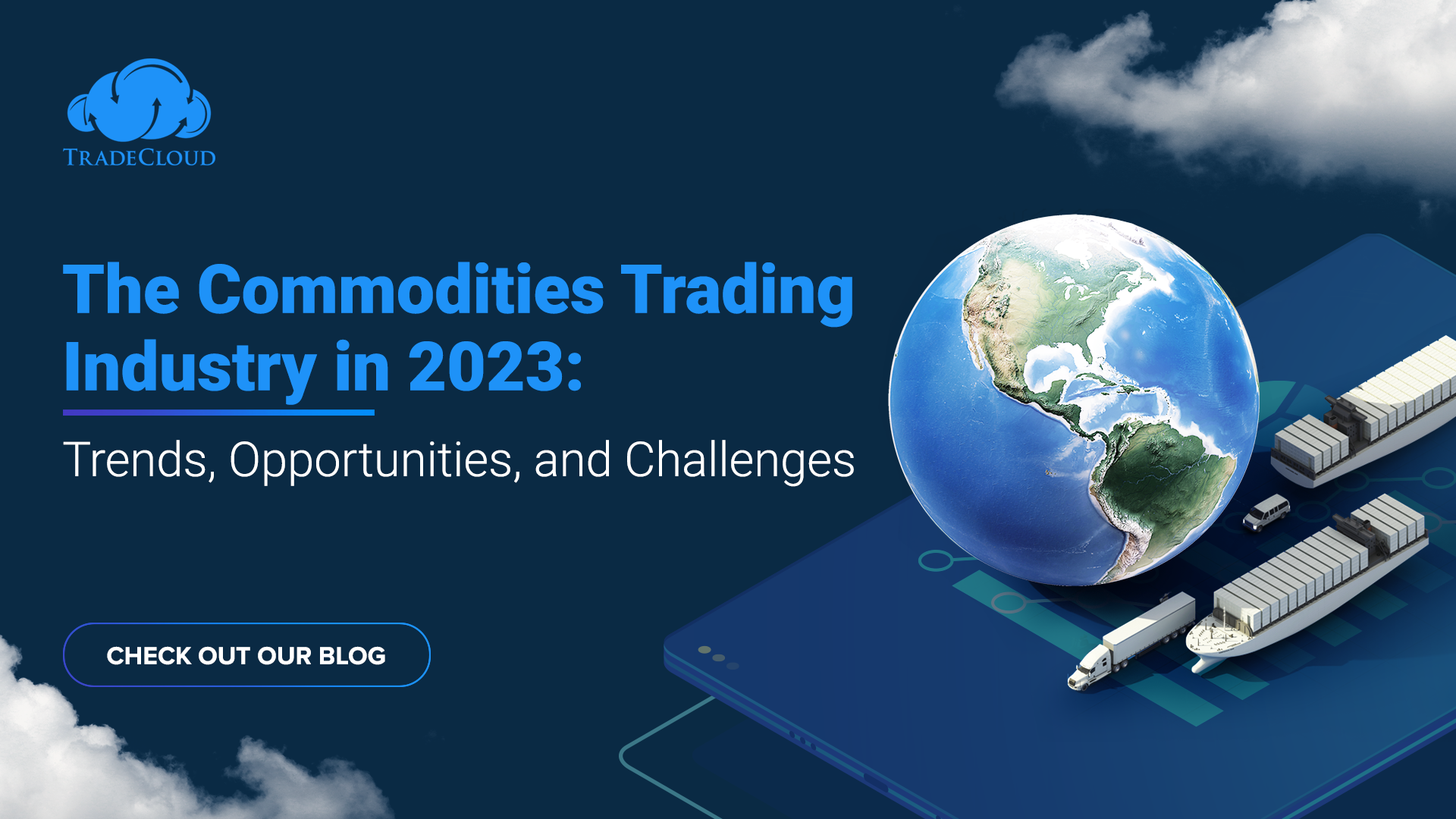
Well into 2023, several trends and challenges are reshaping the commodities landscape. Having already attended a number of industry events all around the globe this year from Dubai to Nashville, our team has put together a list of some of the main industry topics and takeaways.
Digitization and Industry 4.0
Digitization is transforming the commodities trading industry by leveraging Industry 4.0 technologies such as cloud computing and the Internet of Things (IoT). According to a report by the Boston Consulting Group, “Commodity Trading 4.0” can generate significant benefits for the industry, including increased efficiency, reduced risk, and improved decision-making capabilities. For instance, real-time data analytics can help traders make better decisions and predict market trends more accurately. However, data privacy and security are crucial as technology adoption increases. Effective data protection and reliable methods of data destruction are key to safeguarding confidential information.
Data Privacy and Security
Data privacy and security are also critical considerations in digitalisation. The World Economic Forum’s “Global Risks Report 2022” highlighted that “cyberattacks and data theft are the most likely risks over the next decade, threatening the operation and stability of companies, economies, and societies.” Therefore, commodities traders need to prioritize cybersecurity and risk management to mitigate these threats.
ESG and Sustainability
Environmental, Social, and Governance (ESG) considerations are integral to the commodities trading industry. There is an increasing demand for materials sourced through sustainable practices. The World Economic Forum’s “Global Risks Report 2022” noted that “the greatest long-term threat to the global economy is climate change.” Therefore, companies that adopt ESG best practices will be better positioned to attract investors and gain a competitive edge in the market. The International Energy Agency (IEA) forecasts that the demand for clean energy technologies will continue to grow, which will require a significant increase in the production of critical minerals such as lithium, cobalt, and nickel. Companies that source these materials through sustainable practices will be better positioned to meet this growing demand.
The Changing Geopolitical Landscape
The changing geopolitical landscape, as well as new trade regulations, will impact trade flows and supply chains. In 2023, businesses will need to adopt more resilient and adaptable approaches to address geopolitical risks. According to a report by McKinsey & Company, “the world economy will remain more geopolitically risky than it was before the pandemic, and these risks will require companies to adopt more flexible and adaptive strategies.” This includes building robust supply chains, diversifying trade partners, and staying informed about geopolitical developments.
Electrification of the Economy
The global trend towards electrification of the economy will mean increasing demand for battery metals and copper. These materials are essential components of electric vehicles and renewable energy systems. The transition to a low-carbon economy presents an opportunity for the commodities trading industry to play a critical role in shaping the future. The IEA predicts that the demand for copper will triple by 2050, driven by the growth in renewable energy and electric vehicles. Additionally, according to a report by BloombergNEF, the demand for lithium-ion batteries will increase tenfold by 2030, creating a significant opportunity for the commodities trading industry to meet this growing demand.
All things considered, the commodities trading industry is facing an array of opportunities and challenges in 2023. By staying abreast of the latest trends and adopting innovative approaches, businesses can thrive in this dynamic industry.
